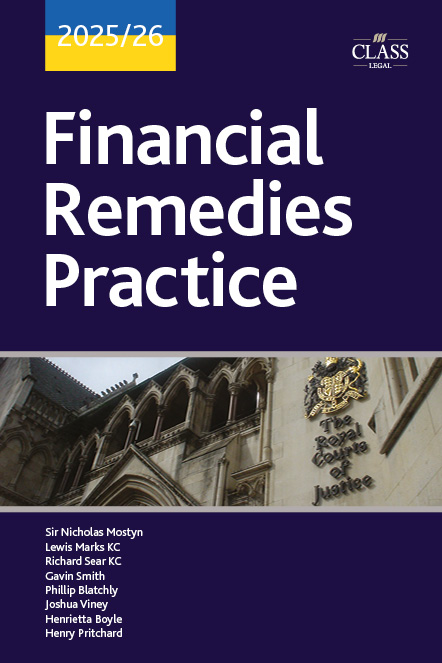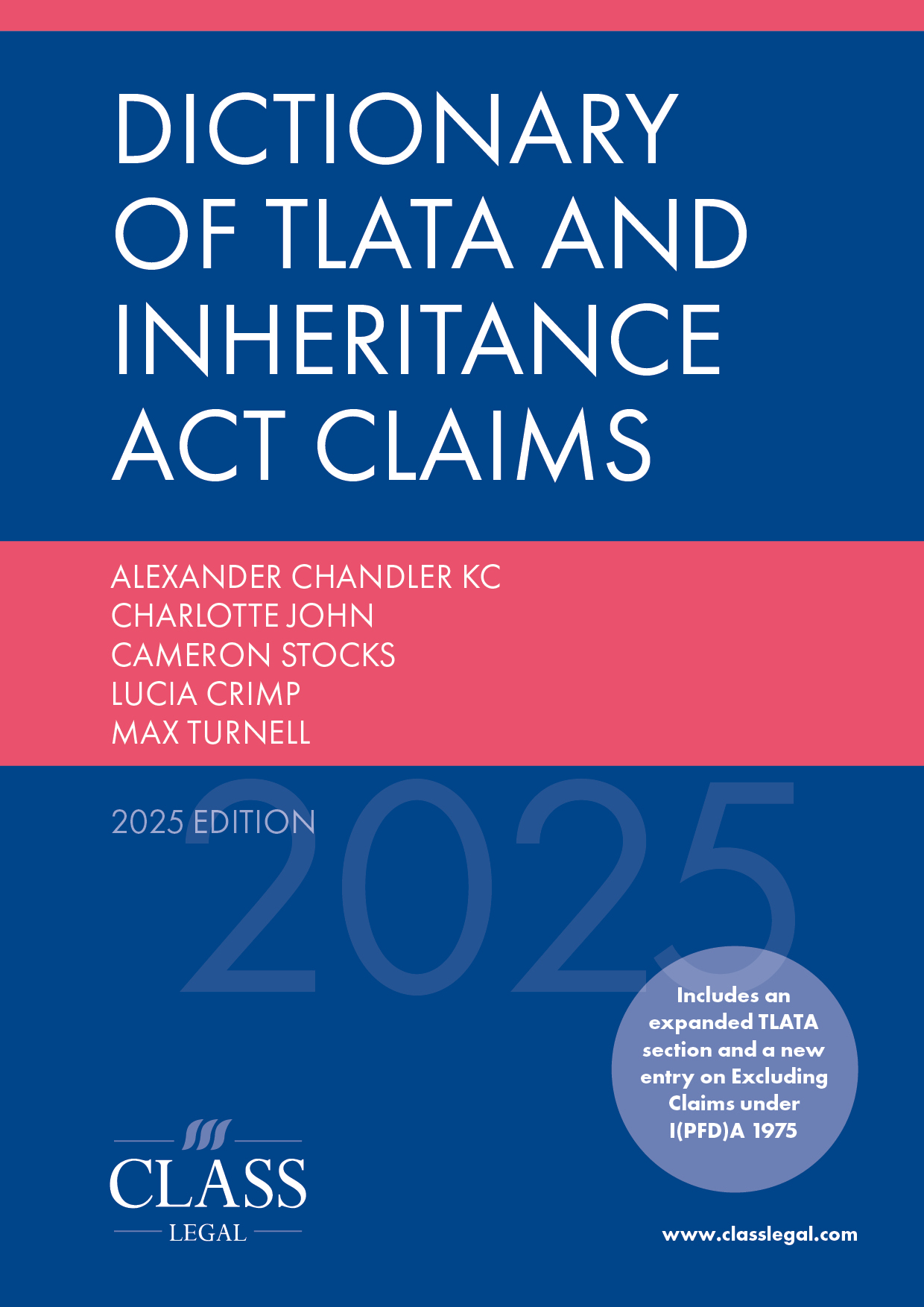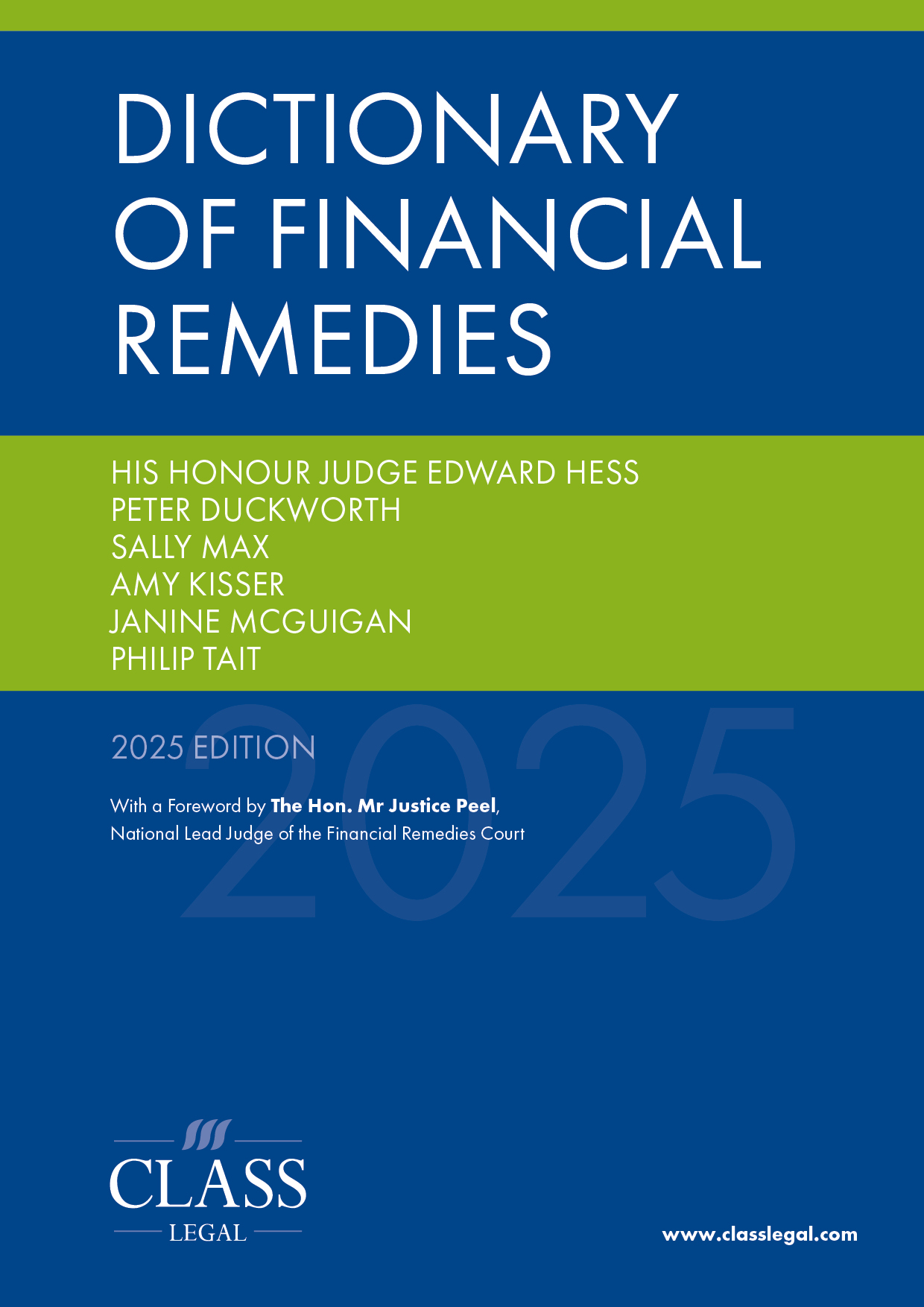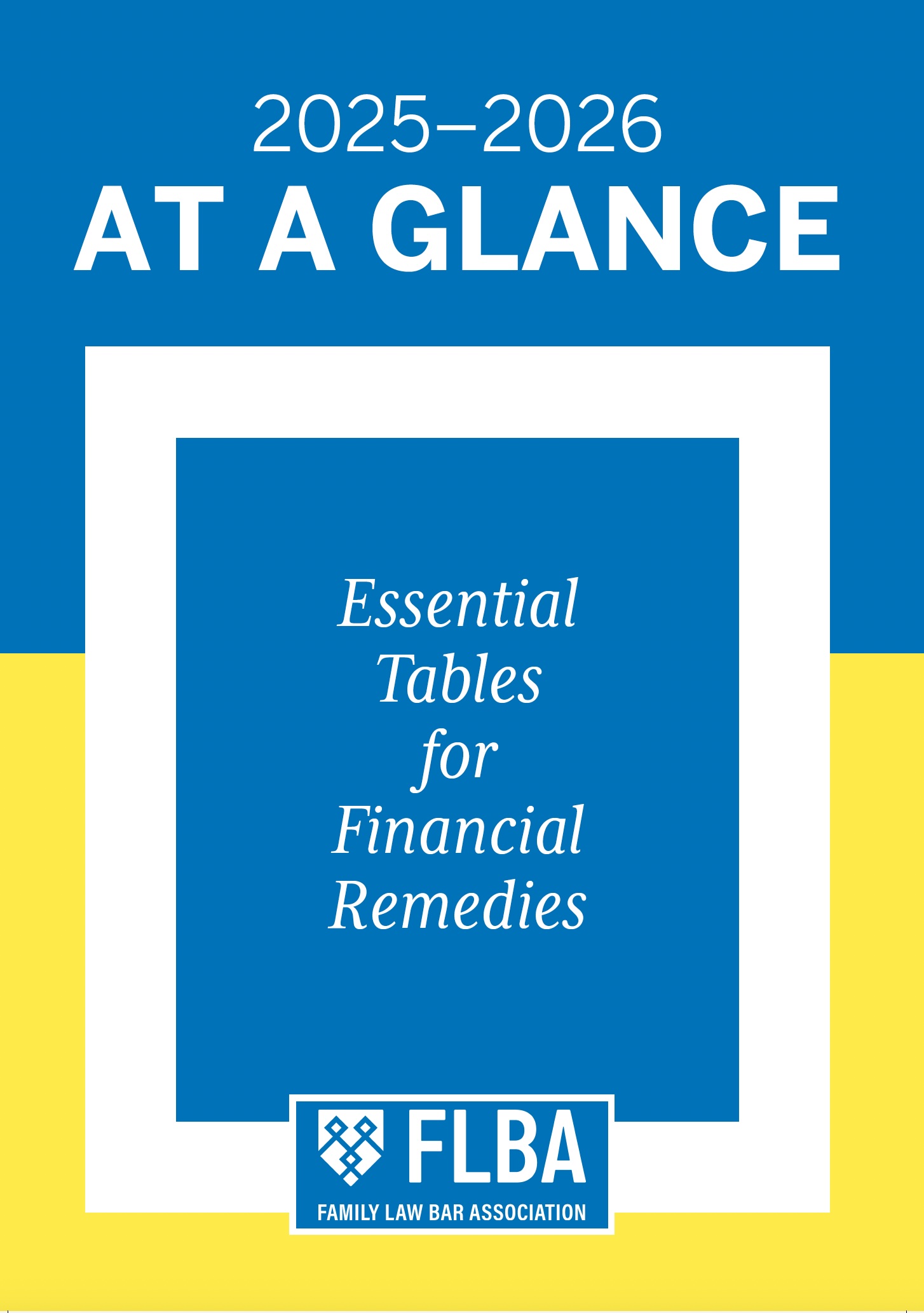
Standish v Standish [2025] UKSC 262 July 2025
Published: 03/07/2025 09:03
https://caselaw.nationalarchives.gov.uk/uksc/2025/26
Lord Burrows and Lord Stephens (with whom Lord Reed, Lord Lloyd-Jones and Lady Simler agree). The Supreme Court unanimously dismissed W’s appeal, upheld the Court of Appeal’s decision, and clarified application of the sharing principle and matrimonialisation; [65].
Background
This appeal arose from financial remedy proceedings under the MCA 1973 in a high-value divorce case concerning the sharing principle; [6]. The husband (H), now 72, had a successful career in financial services, accruing substantial wealth before the marriage; [16]. The wife (W), now 57, was a homemaker throughout. The parties married in 2005, had two children, and separated in early 2020. This was the second marriage for both; [10]–[11].
The appeal concerned investments (‘the 2017 Assets’) worth approximately £80m at trial; [19]. In 2017, H transferred these assets into W’s sole name as part of a tax planning strategy, intending that they be settled into trusts for the children to mitigate inheritance tax; [21]–[23]. W did not establish the trusts and retained the assets in her sole name.
At first instance, the judge found that most of the 2017 Assets were non-matrimonial property (NMP) pre-transfer but held that the transfer ‘matrimonialised’ them, making them subject to the sharing principle, albeit warranting an unequal division due to their source; [24]. He awarded W £45 million, reflecting a 60/40 division in H’s favour. On appeal, the Court of Appeal held that only 25% of the 2017 Assets constituted matrimonial property (MP) to be shared equally, and awarded H 75% outright plus half of the remaining 25%; [25]. W appealed, arguing that the Court of Appeal placed excessive weight on H’s contribution and that the transfer constituted a gift; [26]–[27].
The sharing principle
The Supreme Court confirmed that the sharing principle applies only to MP and not to NMP. Equal division is ‘the appropriate and principled starting position’ under the sharing principle, but departures from it are permitted where justified; [50]. NMP is still subject to need and compensation.
Matrimonialisation
The court clarified that matrimonialisation is neither a narrow nor expansive concept (contrary to Moylan LJ’s comments in the CA about it being narrow). Whether or not something has become matrimonialised depends on:
‘how the parties have been dealing with the asset and whether this shows that, over time, they have been treating the asset as shared between them. That is, matrimonialisation rests on the parties, over time, treating the asset as shared.’ [52]
‘Over time’, which was the phrase used by Wilson LJ in relation to each of his three situations (in K v L), means that the period of time must be sufficiently long for the parties’ treatment of the asset as shared to be regarded as settled’; [52].
Cites in support Lord Nicholls’ reference in Miller/McFarlane, at [25], to the way the parties organised their financial affairs as being relevant; Wilson LJ’s references in K v L [2011] EWCA Civ 550 to the acceptance by the contributor that the asset should be treated as matrimonial property; and Mostyn J in N v F (Financial Orders: Pre-Acquired Wealth) [2011] EWHC 586 (Fam) at [44].
Cites with approval comments of Wilson LJ in K v L that cost of enquiry may be ‘not worth the candle’ in some cases.
Application to the facts
Applying these principles, the court upheld the Court of Appeal’s finding that 25% of the 2017 Assets constituted MP to be shared equally, while 75% remained NMP and fell outside the sharing principle; [58], [63]. The pre-marital assets, sourced exclusively from H, were transferred solely as part of an inheritance tax mitigation scheme for the children, with no intention that W would retain them personally. Critically, there was no evidence that the parties treated the 2017 Assets as shared over time, which was fatal to W’s case; [61].








